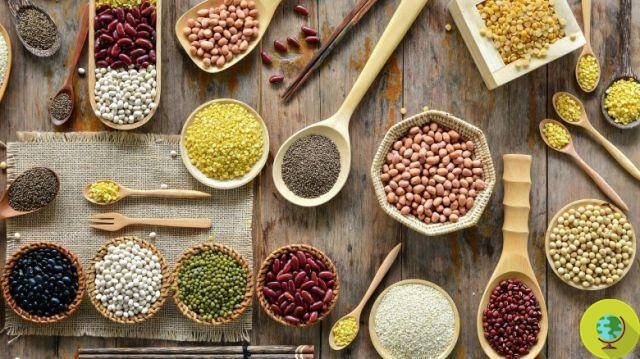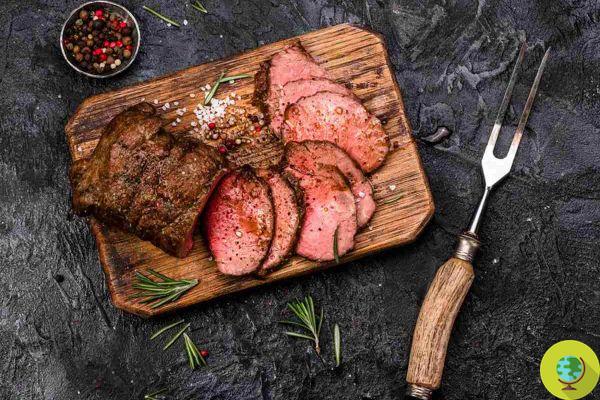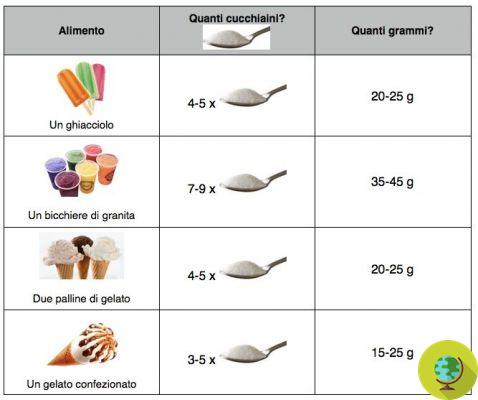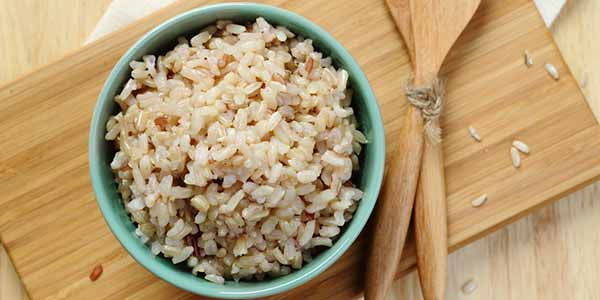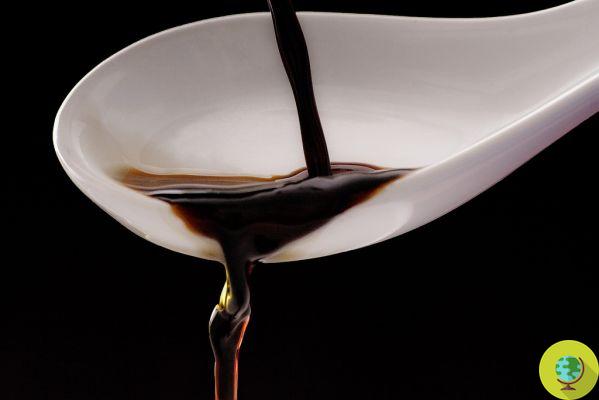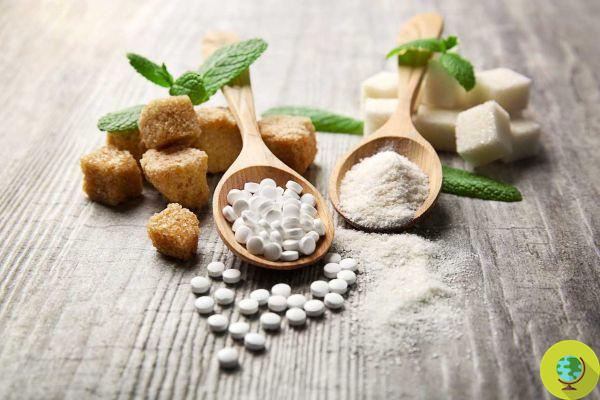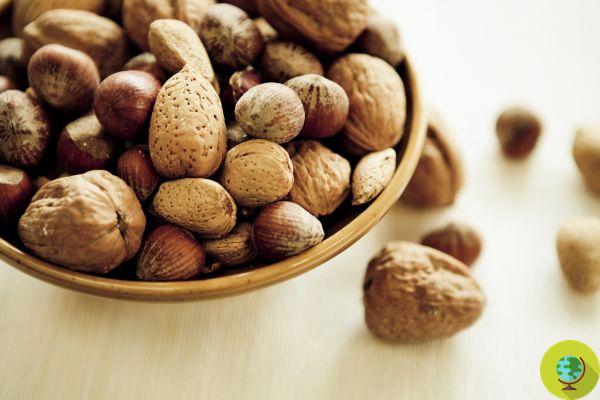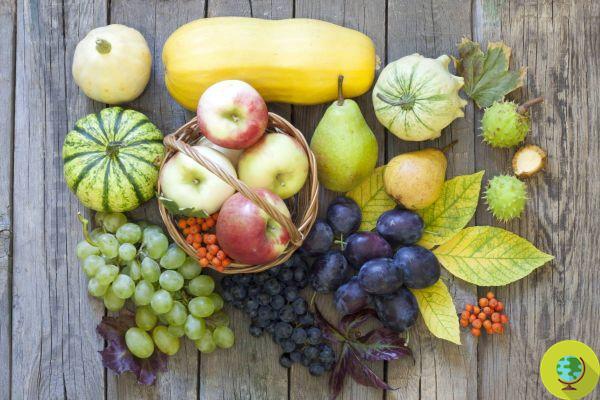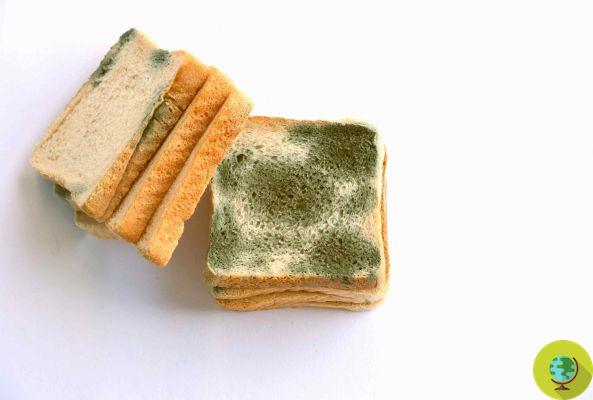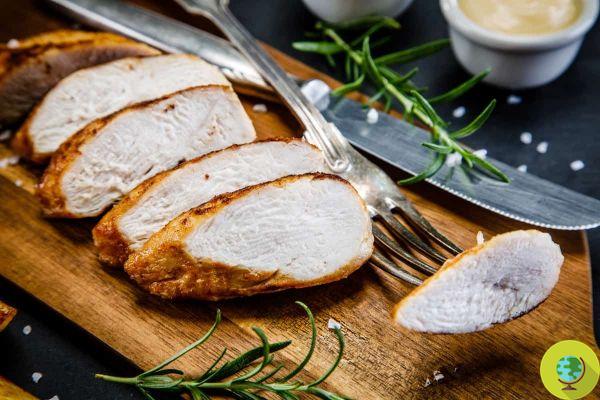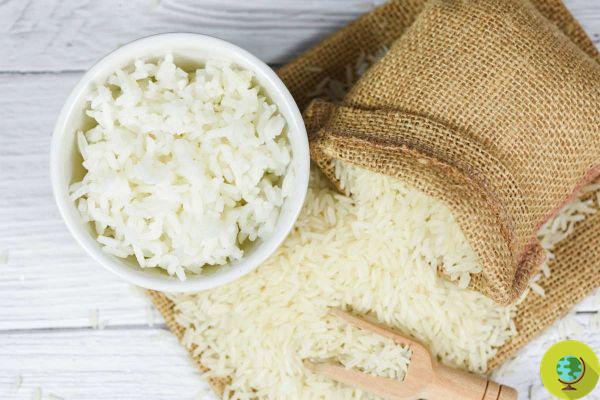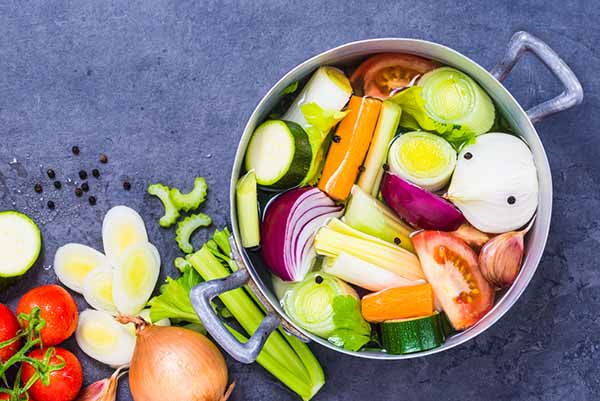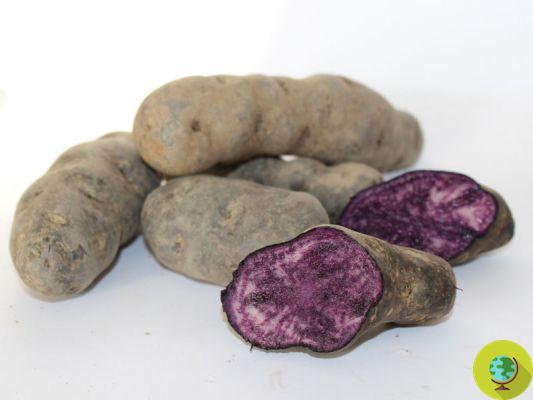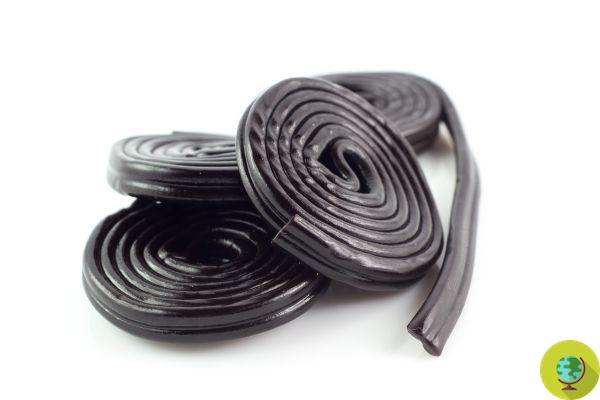Curry is a fantastic blend of spices of Indian origin, excellent in risottos, but also in condiments for pasta, main courses or other delicious culinary preparations. But do you know that curry can also be good for your health? So let's discover all its properties.
Il curry it's a fantastic one spice mixture of Indian origin, excellent in risottos, but also in condiments for pasta, main courses or other delicious culinary preparations. But do you know that curry can also be good for your health? So let's discover all its properties.
To prepare the curry there is no single recipe, in fact, there are different variants depending on the region of India in which it is made. The classic ingredients are turmeric, ginger, cardamom, coriander, black pepper, cumin, nutmeg, fenugreek, cloves, cinnamon and chilli. Depending on the location, this mixture is then combined with oil or with clarified butter or with coconut milk or yogurt.
Other names of the curry by which it is known in India are masala o garam masala.
READ also: Spices: 7 do-it-yourself mixes from the world to give more flavor to our dishes
Index
Curry, the spices that compose it
The typical aroma of curry is a direct consequence of the mix of spices that are chosen to use but also of the proportions between them. Usually in larger quantities there are:
- Coridarlo
- Cumin
- Turmeric
- Mustard seeds
- Fennel seeds
- Cardamom
- Fenugreek
In smaller quantities instead:
- pepper
- Chilli
- Ginger
- Cloves
- Cinnamon
- nutmeg
However, this is not always the case as there are many variations of curry.
The aromas and flavors of these spices, in addition to transforming the simplest dishes into a riot of colors and flavors, they prove to be useful for improving our well-being. So let's see the properties and benefits of curry.
Properties and benefits of curry
Much of the benefits associated with the consumption of curry are due to the curcumin, the main biologically active component of turmeric (about 5% of the weight of the dry root) and responsible for the yellowish color. Among other things, remember that in curry turmeric is accompanied by ginger and black pepper, two foods that enhance its beneficial properties.
Ideal when consumed in hot soups, curry is a real panacea for the digestive system and has properties disinfectants beneficial for the intestine. In addition, it regulates the metabolism and burns fat.
Curry also plays an important role anti-inflammatory and antioxidant function, which helps relieve liver fatigue, protect the stomach and intestines, and reduce discomfort associated with arthritis and rheumatism.
Not only that, but the antioxidant action of curry has also been confirmed against neurodegenerative diseases (such as Alzheimer's) and oxidative stress in a survey by Professor Giovanni Scapagnini of CNR Catania, Claudia Colombrita and Vittorio Calabrese of the University of Catania. and Alessia Pascale of the University of Pavia, as part of some studies conducted in collaboration with Michael L. Schwartzman and Nader G. Abraham of the New York Medical College.
The same anti-inflammatory and antioxidant action of curry would also be effective for reduce the risk of suffering a heart attack. According to a study published in the American Journal of Cardiology by Wanwarang Wongcharoen and colleagues at Chiang Mai University in Thailand, people who take curcumin are as much as 65 percent less likely to have a heart attack.
And not only! Other studies show that the turmeric contained in curry prevents type 2 diabetes in people most at risk and that curcumin has effective anticancer properties. According to recent studies conducted by Karen Knudsen of Thomas Jefferson University, curcumin would act by stimulating the reaction to drugs by those cancer cells resistant to therapy.
Summarizing the curry:
- It is disinfectant
- Regulates the metabolism
- Helps digestion
- It burns fat
- Anti-inflammatory
- Antioxidant
- Reduces the risk of heart attack
- Prevents type 2 diabetes
Read also: CURRY: ALL THE HEALTH BENEFITS OF YOUR SPICES AND HOW TO PREPARE IT AT HOME
The man who cooked with curry
A curious story about the use of curry and its health benefits comes from the UK. Dan Toombs, an English man from North Yorkshire, known as "The Curry Guy“, That is the curry boy, cooked food based on this mix of spices for a whole year and thanks to his new eating habit he managed to improve his health. Over the course of the 12 months he cooked 365 different dishes all based on curry!
Read also: THE MAN WHO COOKED WITH CURRY… AND HAS CHANGED HIS LIFESTYLE!
Curry, where to find it
Curry can be bought fresh by weight oriental food shops, in drugstores, herbalists but also in supermarkets or organic shops. In the latter two cases, however, packaged versions of this spice mix are available in which the containers also act as dispensers.
Finally the curry, in different versions, is found from also buy online.
To have your own mixture of spices always fresh and above all to have a curry available in which you can better calibrate the flavors according to your tastes we advise you to prepare it at home.
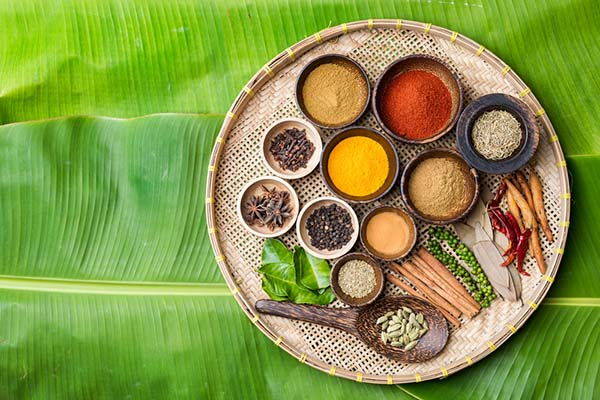
Curry, recipes
As already mentioned there are many variants in the composition of the curry, we present two different ones that you can easily prepare and, with a little experience, you will also be able to better calibrate the use of spices according to your personal tastes.
Curry recipe 1
ingredients:
- Coriander seeds (2 tablespoons)
- Turmeric (1 tablespoon)
- Cumin seeds (1 tablespoon)
- Mustard seeds (1 tablespoon)
- Fennel seeds (1 tablespoon)
- Black peppercorns (half a tablespoon)
- Cloves (2 or 3 in number)
- Powdered ginger (half to 1 tablespoon)
- Chilli powder (to taste, half a tablespoon maximum)
Preparation:
Pour the cumin, coriander, fennel seeds, pepper and cloves in a pan and toast over medium heat for about 6-8 minutes, stirring frequently with a wooden spoon. Turn off the heat and let it cool. At this point, pound the ingredients in a mortar (as tradition would have it) or grind them with the help of a coffee grinder. After obtaining the powder, add the turmeric, ginger and chilli.
Curry recipe 2
ingredients:
- 2 tablespoons of coriander seeds
- 2 tablespoons of cardamom seeds
- 2 tablespoons of cumin seeds
- 2 tablespoons of black peppercorns
- 1 teaspoon of turmeric powder
- 1 teaspoon of grated nutmeg
- 1 teaspoon of cloves
- ½ teaspoon of ground cinnamon
Preparation
Toast the spices in a pan (except for the powdered ones) for a few minutes then grind them using a mortar or alternatively a coffee grinder, add the powdered spices and put everything in a glass jar.
Curry, how to store it
Homemade curry goes stored in an airtight glass jar and stored in a dry place for no more than 3-4 months. After this time, your blend will begin to lose flavor. It is therefore better to always prepare it fresh.
If, on the other hand, you have purchased a ready-made curry, refer to expiry date printed on the package or, if it was purchased loose by weight, ask the shop where you bought it for clarification. There is also curry paste, which lasts longer.
Curry, contraindications
The turmeric present in curry stimulates, among other things, the secretion of bile acids. This is why those who suffer from obstructive biliary diseases such as i kidney stones they shouldn't use curry. Those who suffer from should also avoid it stomach ulcers or gastritis, due to the presence of pepper, as well as chilli could cause irritation and inflammation of the urinary tract. Finally, if it's okay in pregnancy, curry would do avoided while breastfeeding.
Therefore, curry should be avoided in case of:
- Kidney stones
- Ulcers
- Gastritis
- Urinary inflammations
- Feeding time
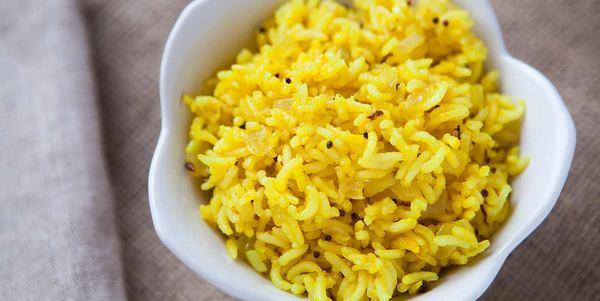
Curry recipes
Do you have curry at home but don't know how to use it? Here you are some recipes you can try:
- RICE WITH CURRY: THE ORIGINAL RECIPE AND 10 TASTY VARIATIONS
- CURRY POTATO FAGOTTINI (VEGAN RECIPE)
- VEGETARIAN RECIPES: CABBAGE ROLLS AND CURRY POTATOES
- 10 TRADITIONAL VEGAN INDIAN RECIPES
- DAHL OF LENTILS: THE RECIPE OF INDIAN LENTILS WITH TURMERIC AND GINGER
- PUT AN EVENING AT THE INDIAN RESTAURANT… THE RAITA OF MIXED VEGETABLES!
- STRAPAZZATO TOFU: THE RECIPE TO PREPARE IT AT HOME
- SEVEN FAST SAUCES FOR VEGETABLE PINZIMONIO
Do you use curry? On which dishes do you prefer it?
Germana Carillo




